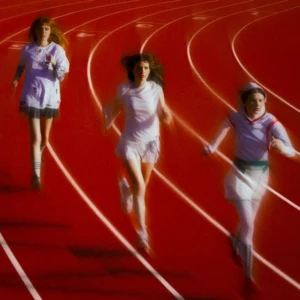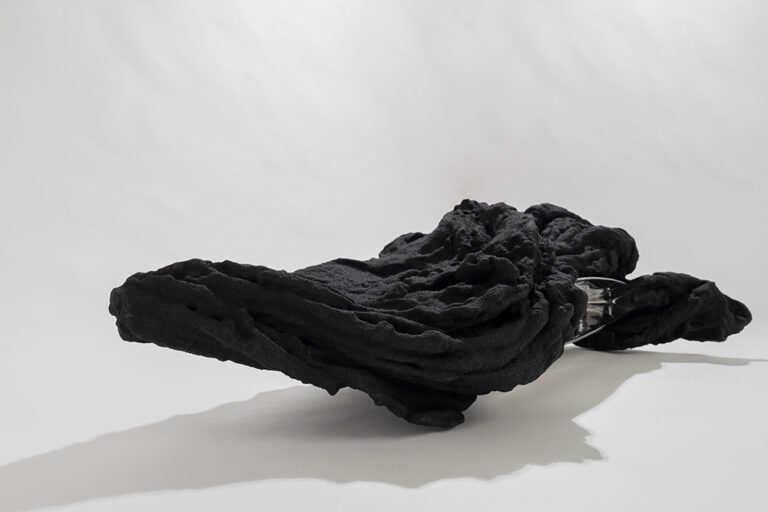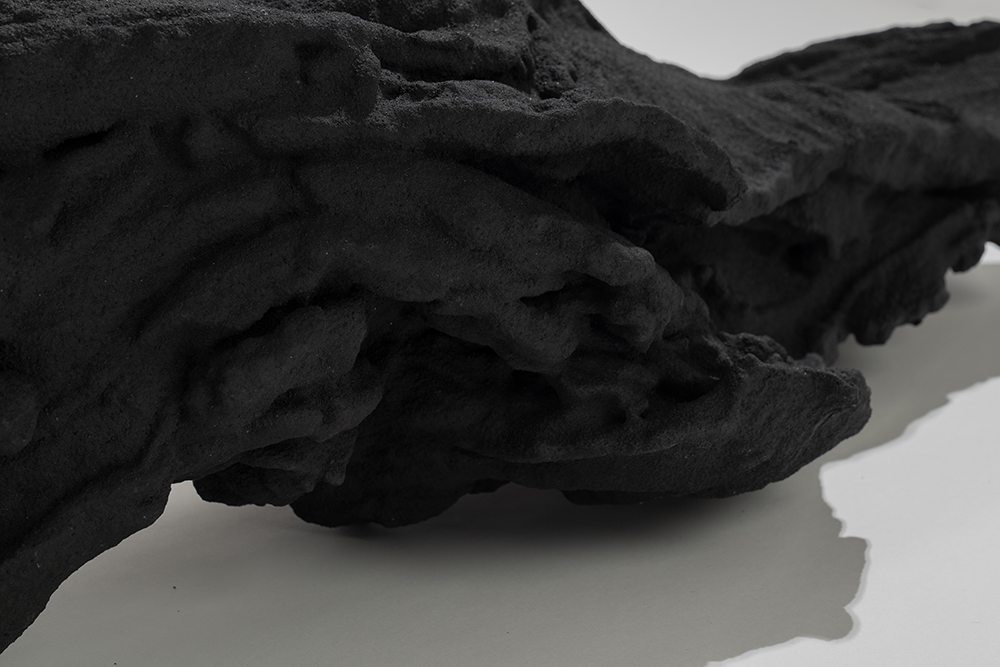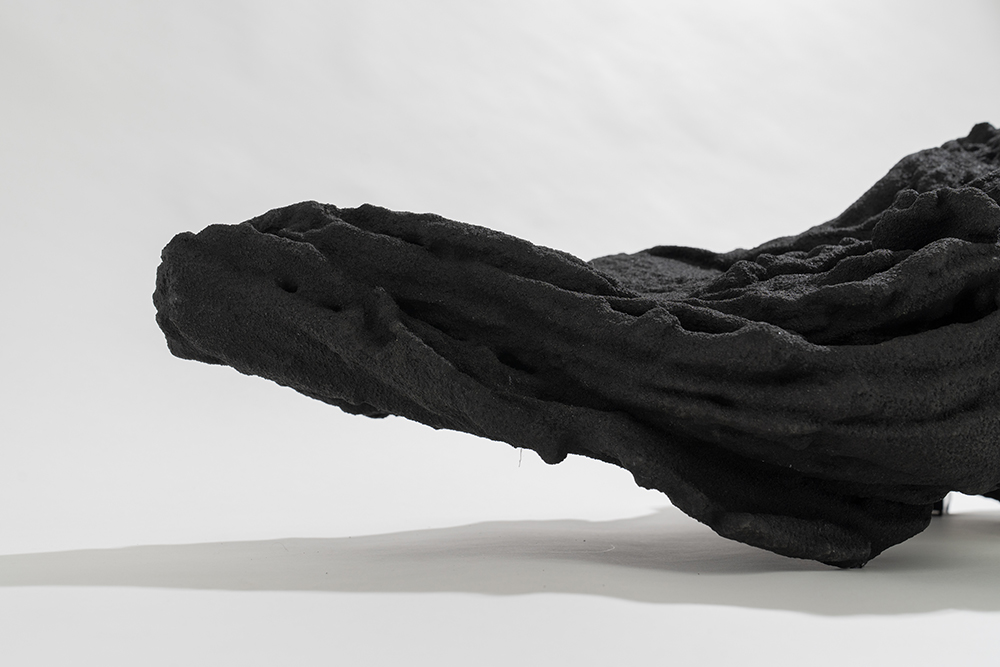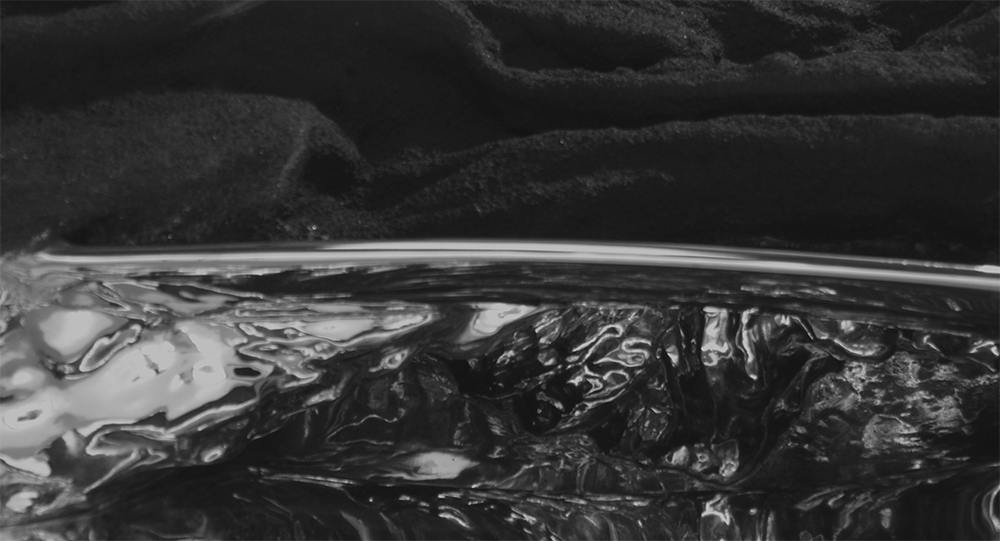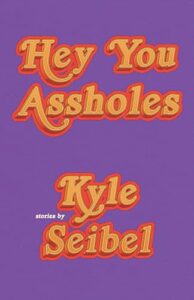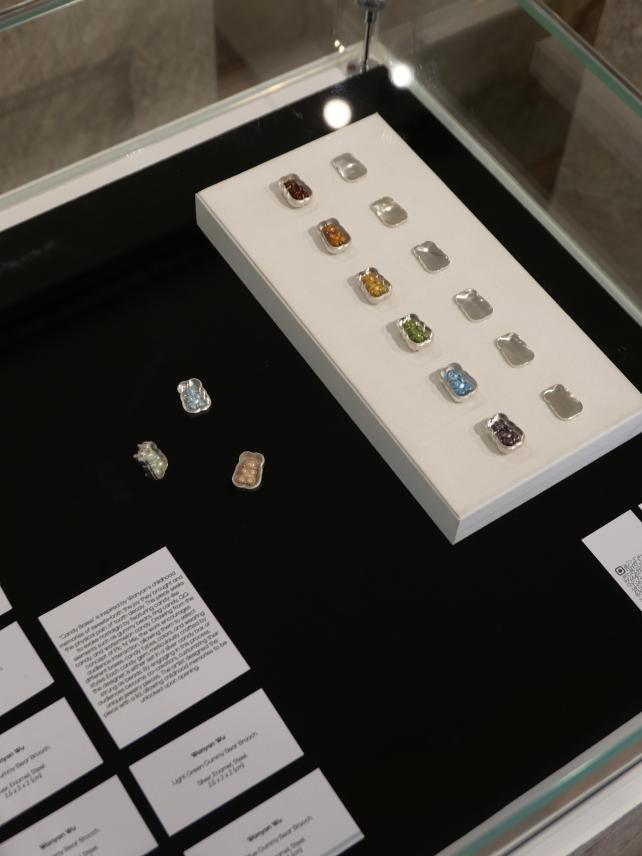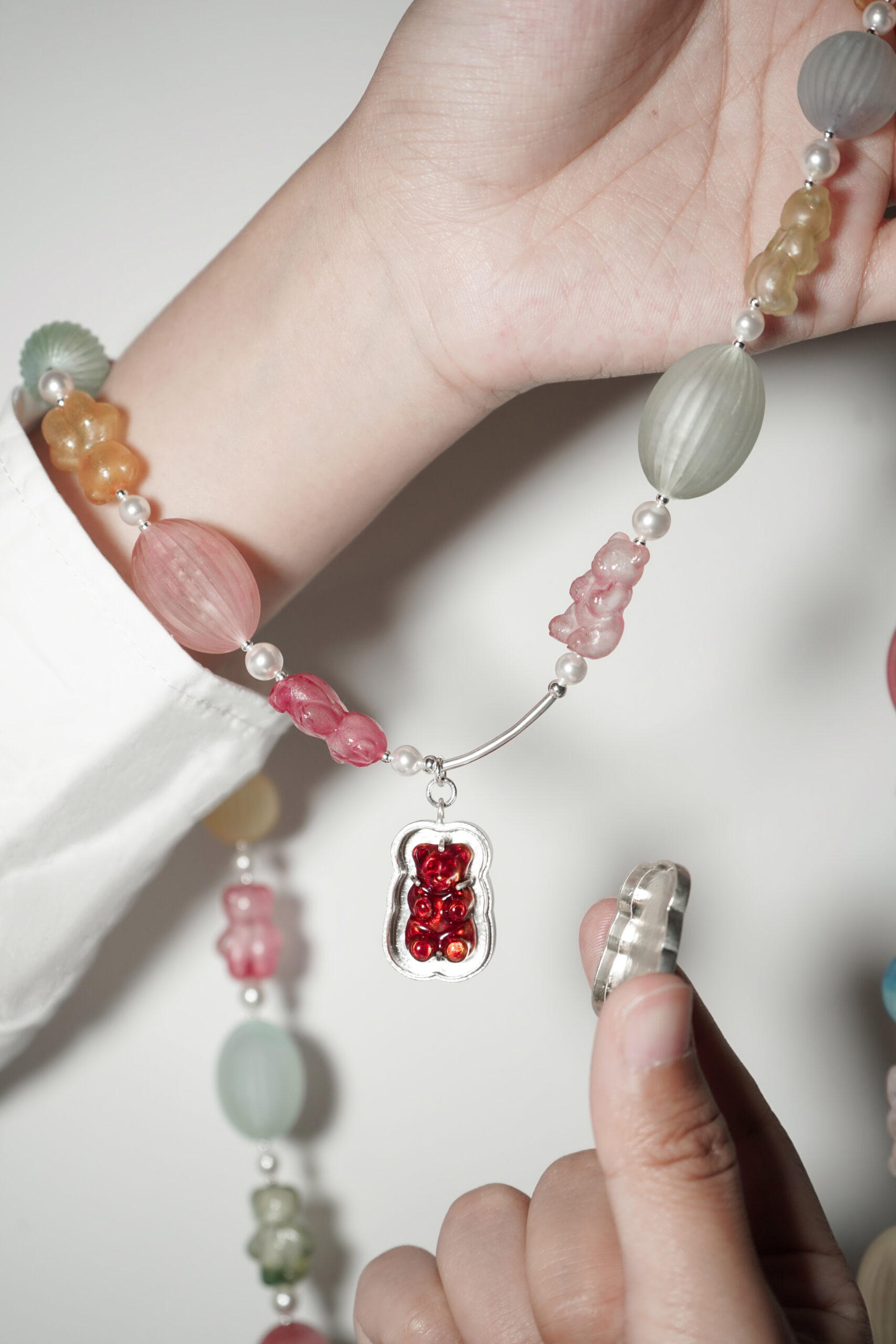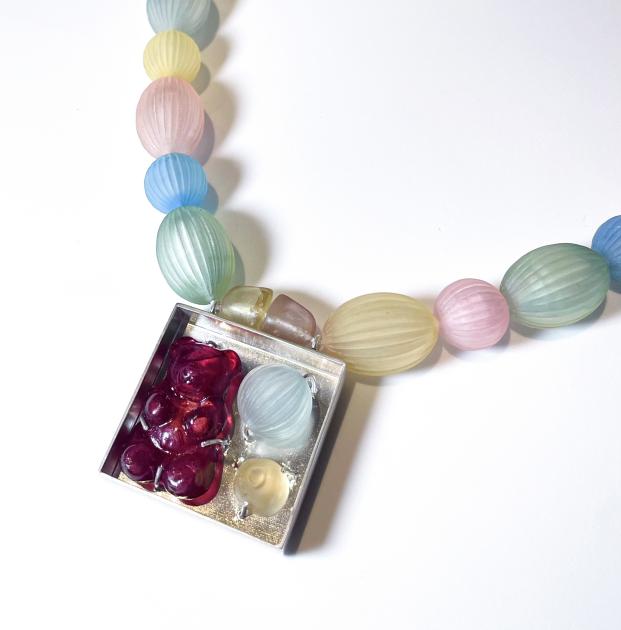Ever wondered why some videos grab your attention while others get ignored? The secret often lies in the audio magic creators use to catch their audience’s eye.
Welcome to the world of Meme Sound Effects! These audio clips are the ultimate tool for creators. They turn regular videos into hits that make people laugh and share.
From classic internet sounds to the latest trends, these hilarious meme sound effects are powerful. They can make a big difference, whether you’re on TikTok, YouTube, or Instagram.
In this guide, we’ll cover everything about Meme Sound Effects. You’ll learn where to find them, how to use them, and why they’re so effective. Get ready to change your video-making game!
Key Takeaways
- Audio clips can instantly make videos more engaging and shareable across all social media platforms
- The right timing and placement of these clips often determines whether content goes viral
- Both classic internet audio and trending clips offer unique advantages for different types of content
- Understanding your target audience helps you choose the most effective audio for maximum impact
- Quality sources and proper usage techniques are essential for professional-looking results
- These audio tools work equally well for beginners and experienced content creators
What Are Meme Sound Effects?
Short audio clips have become a big deal online. They turn simple sounds into meme sound effects we all know. These clips are like a secret language that connects people everywhere.
Understanding the Basics
Meme sound effects are brief audio clips that last a few seconds to 30 seconds. They become popular on social media and online communities. These sounds can make us feel certain ways without showing us anything.
These clips are recognized instantly. Think of the “Bruh” sound or the Windows XP startup chime. They bring back memories and emotions because they’ve been shared so much.
These audio snippets include several categories:
- Famous movie quotes and TV show catchphrases
- Original sounds created by internet users
- Sound effects from video games
- Reaction sounds that express emotions
- Musical clips that became viral
How Meme Sounds Started
The story of meme noises started early on the internet. Sites like Newgrounds and YTMND were among the first to share viral audio. They let users mix images with audio, starting meme culture.
YouTube’s launch in 2005 was a big deal for meme sounds. It made it easy to share and remix audio, leading to many memorable sounds. YouTube became a place where audio memes grew and spread.
Vine changed the game with its six-second videos. Creators had to pack a lot into a short time, making sounds that stuck with us. Even though Vine is gone, its sounds are still loved today.
TikTok has made a new world for meme sounds. Its algorithm can make unknown sounds famous fast. This creates a world where new sounds become iconic every day, changing how we talk and feel online.
Popular Meme Sound Effects
Meme sound effects are the language of online humor. They connect people through shared experiences. These sounds turn videos into memorable content that reaches all ages.
Popular meme sounds quickly share emotions and situations. A single clip can make us laugh or feel nostalgic. They are key for creators worldwide.
Timeless Audio Classics
Some popular meme sounds are internet legends. The “dun dun dun” sound creates suspense. The Wilhelm scream adds comedy to unexpected moments.
The “Sad trombone” captures disappointment with its “wah wah wah” sound. The “Record scratch freeze frame” combo tells stories. The “Bruh” sound expresses disbelief in one syllable.
Nostalgic sounds like the Windows XP startup sound take us back. The airhorn sound effect celebrates moments. These classics are part of our digital language.
Modern Viral Sensations
Recently, viral sound effects have exploded, thanks to TikTok. The “Oh no, oh no, oh no no no no no” song is for disaster videos. It captures the feeling of doom.
Gaming has also contributed to viral sound effects. Among Us sounds are famous beyond gaming. The “Sheesh” sound expresses approval. Auto-tuned remixes create catchy earworms.
TikTok users create sounds that go viral overnight. These clips often outshine traditional media. TikTok’s algorithm spreads these sounds fast.
| Classic Meme Sounds |
Era |
Viral Sound Effects |
Platform Origin |
| Wilhelm Scream |
Early Internet |
Oh No Song |
TikTok |
| Sad Trombone |
2000s |
Among Us Sounds |
Gaming/TikTok |
| Airhorn |
2010s |
Sheesh Sound |
TikTok |
| Bruh Sound |
2010s |
Auto-tuned Remixes |
Multiple Platforms |
These audio clips are powerful because they quickly share mood and context. They are cultural shortcuts for creators. Whether old or new, these sounds shape digital expression.
How to Use Meme Sound Effects in Your Videos
Adding meme audio clips can make your videos stand out. It’s all about timing, context, and how people react to sound. When you get it right, your videos can really connect with viewers.
It’s important to match the energy of your audio with your visuals. The sound should support your message, not overpower it. Perfect timing is key to making your video memorable.
In Social Media Posts
Social media loves meme audio clips that are current and relatable. TikTok and Instagram Reels often use popular sounds to create videos. Your visuals should match the audio for a smooth experience.
Timing is everything on these platforms. Your meme sound should hit at the right moment for maximum impact. A well-timed sound can make your video go viral.
Think about your platform’s algorithm when picking sounds. Trendy meme audio clips get more views. But, don’t lose your authenticity for the sake of trends. Your audience will notice if your content feels fake.
For YouTube Projects
YouTube gives you more freedom with meme sound effects. You can use them to transition scenes, highlight important moments, or add personality. Just remember, what works for TikTok might not work for YouTube.
It’s important to pace your meme audio clips in longer videos. Space them out to keep viewers interested without overwhelming them. Use them to emphasize key points or add humor.
Know your audience when choosing sounds for YouTube. Different ages enjoy different types of humor and references. Research your audience to pick sounds they’ll enjoy.
YouTube’s algorithm rewards videos that keep viewers watching. Well-placed meme sound effects can make your video more engaging and keep viewers interested.
Best Sources for Meme Sound Effects
Looking for meme sound effects? You have many options, from budget-friendly to premium. It’s all about finding the right fit for your project.
Creators look for a balance between cost and quality. Free options are perfect for personal projects. But, for professional audio or commercial use, paid platforms are the way to go.
Free Sound Libraries
Free sound libraries are great for beginners or personal projects. Freesound.org is a top choice. It has thousands of audio clips, including meme sounds.
Be sure to check the licensing terms. Most sounds need attribution, but many allow commercial use.
YouTube’s Audio Library is another free gem. It’s perfect for YouTube content. It has many meme-worthy sounds.
Zapsplat offers both free and premium sounds. With a free account, you get access to thousands of effects. Many have become popular memes.
For the best top meme soundboard experience, try MyInstants.com and SoundBible.com. They’re easy to use and have instant downloads.
Paid Sound Effect Websites
Paid sites offer top-notch quality and clear licensing. AudioJungle is a leader with high-quality sound collections. They have many meme-worthy sounds.
Pond5 and PremiumBeat also offer professional-grade sounds. They have better search features and commercial licensing rights.
Paid libraries are worth the investment. You get better quality, easier licensing, and exclusive sounds. Plus, they offer customer support.
Professional creators value the time saved. They get curated collections for commercial use, not amateur uploads.
Tips for Choosing the Right Meme Sound Effects
Choosing the right funny sound effects can make your video a hit or a miss. It’s all about knowing your content’s purpose and what your audience likes. Good creators pick sounds that add to their message, not distract from it.
Timing is key to making your video stand out. The sound effect should hit right when it’s most funny or important. Getting it wrong can ruin the joke.
Matching Sounds to Video Themes
Every sound choice should match your video’s theme. For high-energy videos, choose bold, catchy funny sound effects. These work well for fast-paced gaming or reaction videos.
For slower videos, like tutorials, go for softer sounds. These should enhance the content without overwhelming it. The goal is to support your story without taking over.
Think about the emotional journey you want your viewers to have. Comedy needs sounds that make the punchline pop. Serious videos might use funny sound effects to add a touch of humor without losing credibility.
The best sound effects are invisible to the audience – they enhance the experience without drawing attention to themselves.
Audio Production Principle
Consider Your Audience Response
Different people enjoy different types of humor and references. Younger viewers might love TikTok sounds, while older folks might enjoy classic memes. Know your audience to pick the right sounds.
Use analytics and feedback to learn what your audience likes. See which videos get the most engagement and comments. Your audience will tell you what works if you pay attention to the data.
Remember, cultural context is important. Make sure your sounds fit your brand and won’t offend anyone. Test different options to find what works best.
| Content Type |
Recommended Sound Style |
Timing Considerations |
Audience Impact |
| Comedy Skits |
Bold, exaggerated effects |
Peak humor moments |
Maximum engagement |
| Educational Content |
Subtle, supportive sounds |
Transition points |
Enhanced retention |
| Gaming Videos |
Dynamic, energetic effects |
Action sequences |
Increased excitement |
| Reaction Videos |
Emphasis and surprise sounds |
Genuine reaction moments |
Amplified emotions |
Successful creators are always trying new things but stay true to their brand. Don’t be afraid to experiment, but keep your content consistent. The right mix makes your videos unforgettable.
Legal Considerations for Meme Sound Effects
Knowing the law about meme sound effects helps creators avoid big copyright problems. Many meme sounds come from movies, TV shows, and songs still under copyright. Just because a sound is popular as a meme doesn’t mean you can use it freely.
Creators who care about copyright compliance avoid legal trouble. The wrong move can lead to content removal, channel strikes, and expensive lawsuits. It’s wise to learn about these rules early on.
Copyright Issues to Watch For
Copyright law protects the original recording, not just the idea. Even short clips from copyrighted material need permission. This means famous movie quotes, TV show catchphrases, and song snippets all need proper licenses.
Here are the main copyright risks to avoid:
- Movie and TV clips – Almost always copyrighted and require licensing fees
- Commercial music samples – Protected even in short segments
- Voice actor performances – The actor’s performance holds separate rights
- Sound effects from games – Often owned by the game company
Many platforms use automated systems to detect copyrighted audio. These systems can flag your content for even brief clips. Knowing how these tools work helps you make better choices about sound effect licensing.
Fair Use Explained
Fair use offers some protection, but it’s not a complete shield. Courts look at four main factors when deciding fair use cases. The purpose of your use is key – educational content gets more protection than commercial videos.
Fair use considers these key elements:
- Purpose of use – Commentary and education get more protection
- Nature of the work – Creative works have stronger copyright protection
- Amount used – Shorter clips have better fair use chances
- Market impact – Your use shouldn’t hurt the original’s value
Relying on fair use is risky for most creators. Legal battles cost thousands of dollars and take months to resolve. The safer path involves using royalty-free sounds or creating original effects.
The best approach prioritizes copyright compliance from the start. Use Creative Commons licensed sounds, purchase proper licenses, or record your own effects. This strategy protects your content and lets you focus on creating instead of worrying about legal issues.
DIY Meme Sound Effects: Create Your Own
Creating your own meme sound effects is a fun way to make your videos unique. It helps you avoid copyright issues and lets you develop signature sounds. Plus, you might start the next big viral trend that others will want to use.
Thanks to modern tech, making meme sounds is easier than ever. You don’t need fancy equipment or years of training. Many successful meme sounds started as simple recordings made on smartphones.
Tools and Software for Editing
Choosing the right audio editing software depends on your budget and skill level. Free options have powerful features that match expensive programs. Paid software offers advanced tools for professional results.
Audacity is a top free choice with great editing tools. It lets you cut, splice, add effects, and adjust volume levels. It also exports files in many formats, perfect for beginners.
For more advanced work, consider Adobe Audition, Logic Pro, and FL Studio. These programs have multi-track editing, advanced effects, and video integration. They’re worth it if you plan to make content often.
| Software |
Price |
Best For |
Key Features |
| Audacity |
Free |
Beginners |
Basic editing, effects, multi-format export |
| Adobe Audition |
$22.99/month |
Professionals |
Multi-track, spectral editing, noise reduction |
| Logic Pro |
$199.99 |
Mac users |
Built-in instruments, advanced mixing |
| FL Studio |
$99-$899 |
Music producers |
Lifetime updates, pattern-based sequencing |
Mobile apps have changed how we make audio. Apps like GarageBand, WaveEditor, and Lexis Audio Editor let you record and edit on your phone. This makes it easy to capture and edit sounds anywhere.
Tips for Recording Your Sounds
Good sound recording techniques start with clean, clear audio. Background noise can ruin even the funniest sounds. Find a quiet spot and position your microphone right for the best sound.
Your phone’s recorder is good for basic captures. For better quality, get an external microphone. USB microphones offer great value for desktop recording.
Try different approaches during recording. Experiment with distances, emotions, and effects. Record several versions of the same sound to have options during editing.
Layer sounds for complex effects. Change pitch and speed for variations. Add reverb, echo, or distortion for more humor. Remember, authentic moments often make the best sound recording techniques go viral.
How Meme Sound Effects Enhance Your Content
Meme sound effects do more than entertain. They help build strong connections with your audience. These sounds trigger emotions instantly, leading to higher content engagement.
They tap into shared experiences, making your content memorable. A well-chosen sound can turn a simple video into a standout moment. This happens because sounds connect creators and viewers emotionally.
Boosting Engagement and Shares
Meme sound effects boost viewer interaction in many ways. Familiar sounds trigger nostalgia and humor, encouraging likes, comments, and shares. They create a sense of community and shared understanding.
Videos with meme sounds see better metrics. People watch longer, comment more, and share more. This is because meme sounds spark conversations and create emotional connections.
People share content that connects them with friends. This creates a viral loop that grows your audience organically.
| Engagement Metric |
Without Meme Sounds |
With Meme Sounds |
Improvement Rate |
| Average Watch Time |
45 seconds |
68 seconds |
51% increase |
| Share Rate |
2.3% |
7.8% |
239% increase |
| Comment Engagement |
1.2 per video |
4.7 per video |
292% increase |
| Like-to-View Ratio |
3.1% |
8.4% |
171% increase |
Keeping Content Relevant and Relatable
A good social media strategy balances new and classic sounds. Trending sounds show you’re culturally aware, boosting reach. But, timeless appeal keeps your content engaging over time.
Strategic balance is key. Trending sounds grab attention, while classic sounds build lasting connections. The best creators mix both for maximum impact.
Fresh yet familiar content works best. It attracts new viewers and keeps old ones coming back. This mix ensures your content goes viral and stays relevant.
Knowing your audience’s cultural references is crucial. Different groups respond to different sounds. Creators who understand their audience create content that resonates.
Future Trends in Meme Sound Effects
The world of meme sounds is always evolving. New technologies and platforms change how we make and share audio. This brings new chances for creators everywhere.
Emerging Platforms and Technologies
Virtual and augmented reality are bringing 3D meme sounds to life. These new spaces need audio that sounds great in all directions. AI tools help make custom sounds fast. They can even guess which sounds will become hits.
Voice technology is getting better every year. Soon, AI might make meme sounds that sound like real people. Blockchain and NFTs let creators sell and protect their work. These changes are reshaping how we think about sound ownership.
Predictions for New Sound Trends
Interactive audio is on the rise. Meme sounds might change based on who’s watching and when. Some sounds could even respond to viewer emotions in real time. This makes content more personal and engaging.
Cross-platform audio experiences will become more common. Your favorite meme sound will work the same on TikTok, Instagram, and YouTube. Better editing tools will help anyone make professional-quality sounds.
The future of meme culture looks bright. More people will create original audio content. This could rival traditional media in quality and impact. Sound effects will become even more key for engaging audiences online.
FAQ
What exactly are meme sound effects and how do they work?
Meme sound effects are short audio clips that have become popular online. They can be anything from famous movie quotes to original sounds. These clips trigger instant recognition and emotions, making them powerful for content creators.
Where can I find the best free meme sound effects for my videos?
You can find great free meme audio clips on Freesound.org and YouTube’s Audio Library. MyInstants.com and SoundBible.com also offer a wide range of viral sound effects. Zapsplat has both free and premium content, requiring only a free account to access.
Can I legally use any meme sound effect in my content?
Not all meme sounds are free to use. Many come from copyrighted material like movies and TV shows. Always check the source and licensing before using any audio clip.
What are some of the most popular and recognizable meme sound effects?
Iconic meme noises include “dun dun dun” and the Wilhelm scream. Other favorites are “Sad trombone,” “Bruh,” and the Windows XP startup sound. TikTok has also introduced new viral sounds like “Oh no, oh no, oh no no no no no.”
How do I choose the right meme sound effect for my video content?
Pick sounds that match your video’s theme and audience. For comedy, timing is key. Consider your audience’s age and preferences. Test different effects to see what works best.
What’s the difference between using meme sounds on TikTok versus YouTube?
TikTok and Instagram Reels use meme sounds as the main audio for videos. YouTube, on the other hand, uses them for transitions and emphasis in longer videos. Pacing is important for YouTube content.
Can I create my own meme sound effects, and what tools do I need?
Yes, you can create your own meme sounds. Use free software like Audacity for editing. Mobile recording apps can also help. Focus on clear, clean audio and experiment with effects.
How do meme sound effects actually boost engagement on social media?
Meme sounds create instant connections through familiar sounds. They trigger emotions and make viewers more likely to engage with your content. Videos with meme sounds often get more comments and shares.
What are the current trends in meme sound effects for 2024?
Trends include AI-generated sounds and interactive effects. We’re also seeing more spatial audio for VR/AR and blockchain for monetizing sounds. The future is about personalized audio experiences.
Are there any paid platforms that offer premium meme sound effects?
Yes, platforms like AudioJungle and Pond5 offer high-quality sound effects. They provide better quality, clear licensing, and unique sounds. While they cost money, they can make your content stand out.


